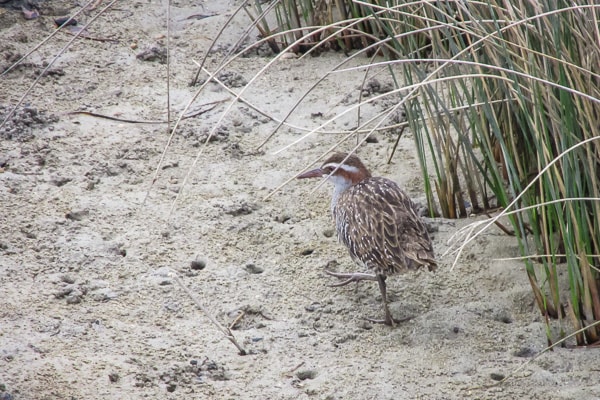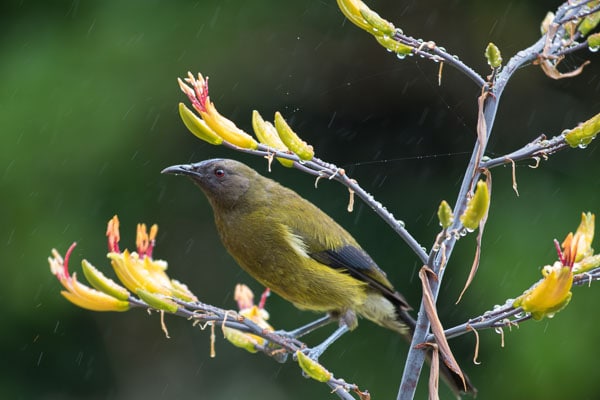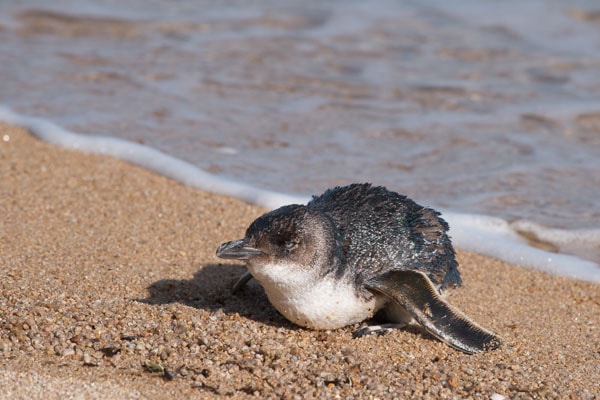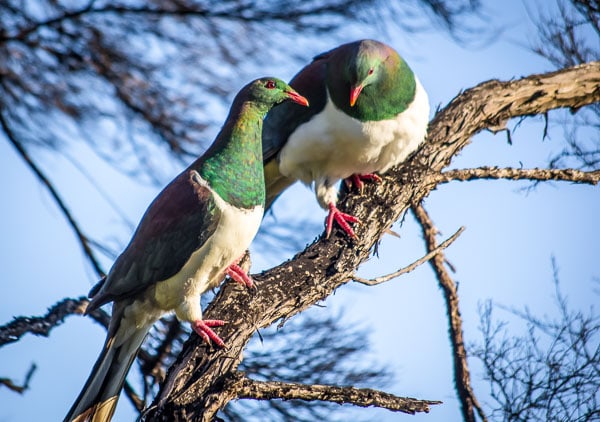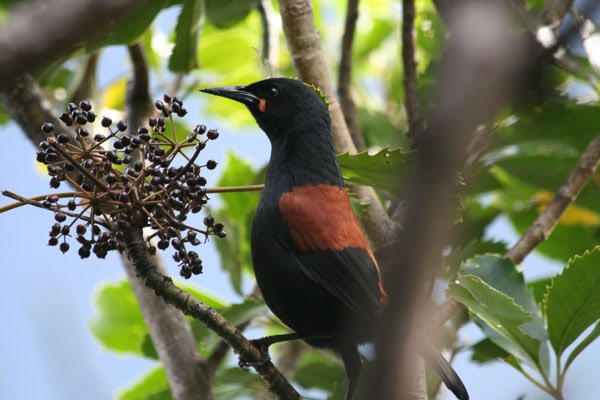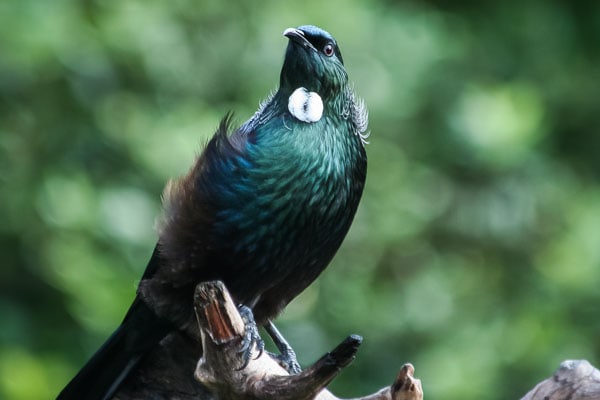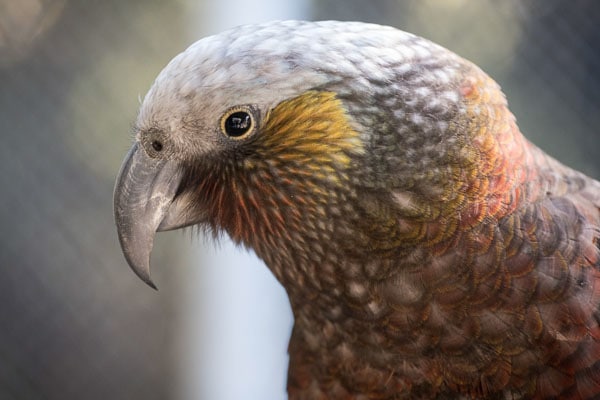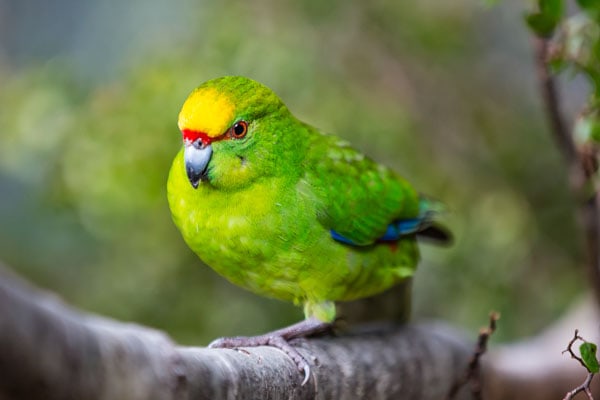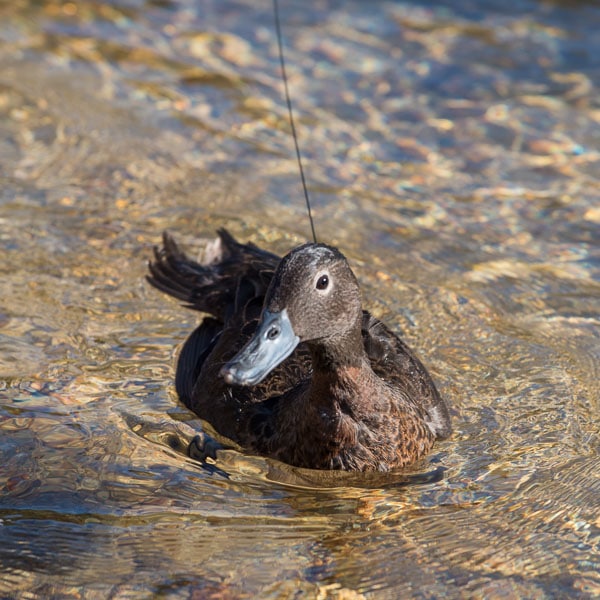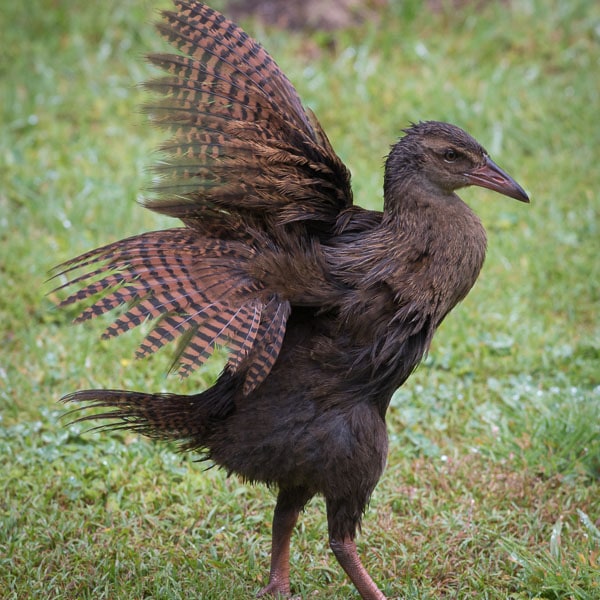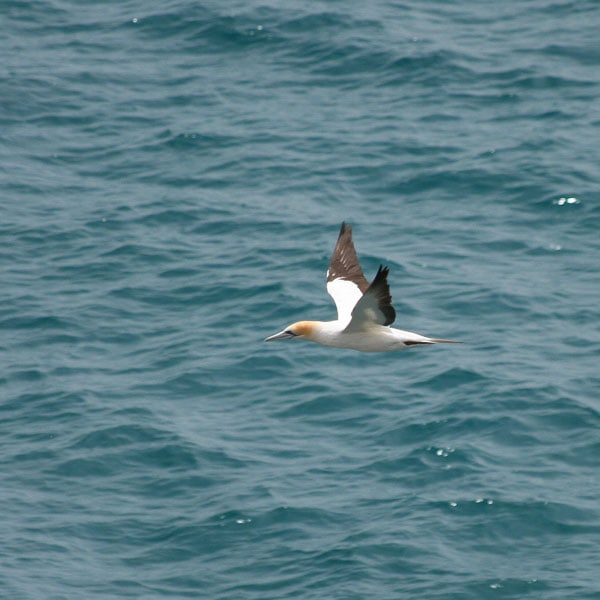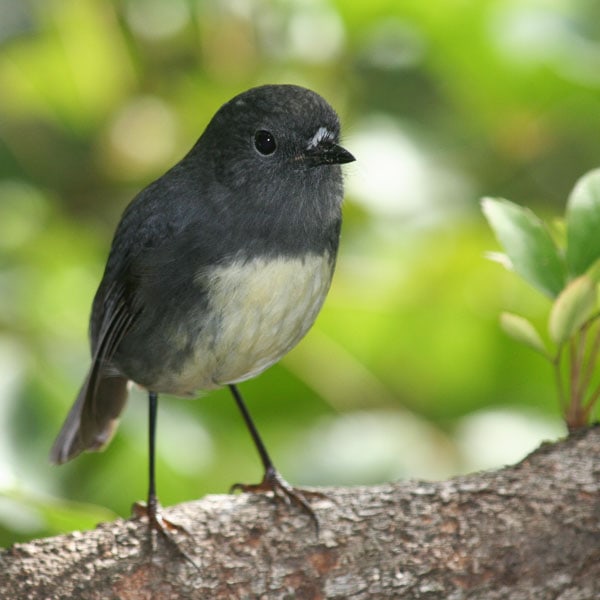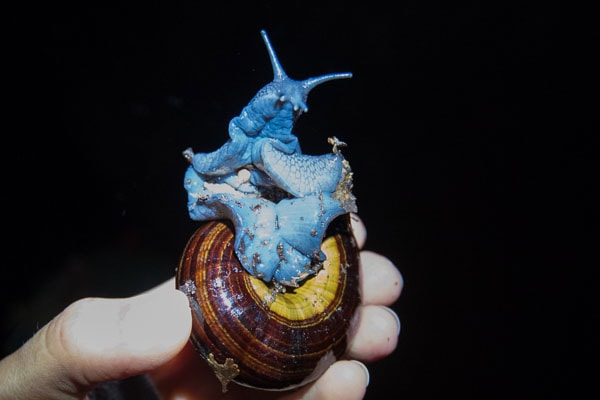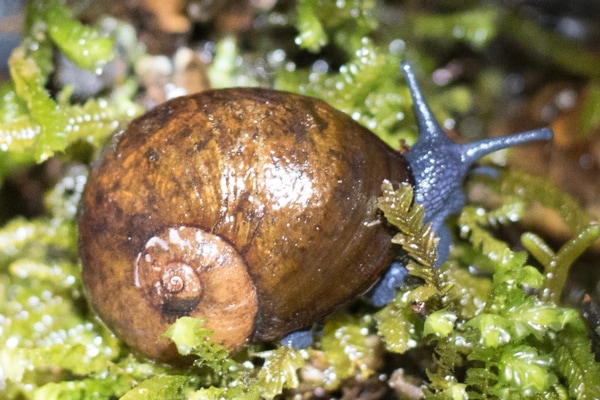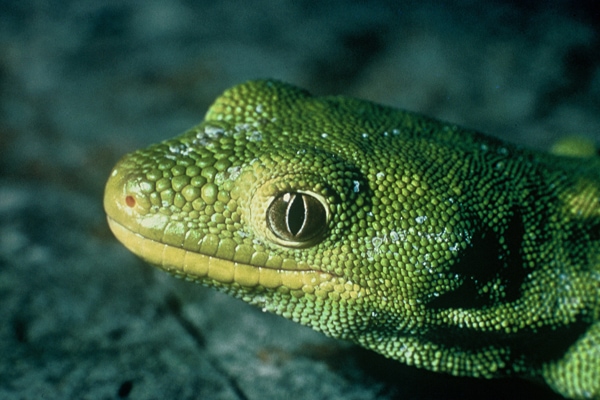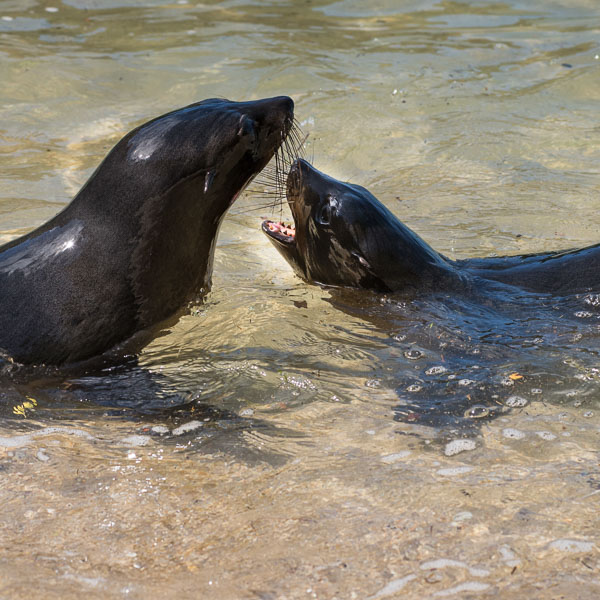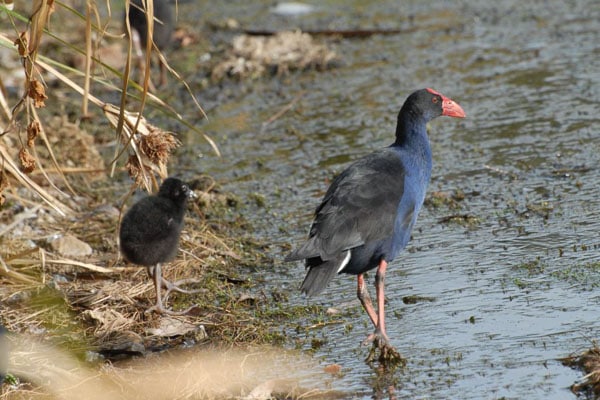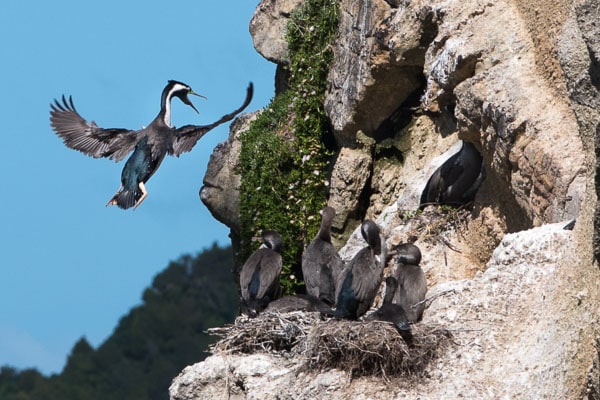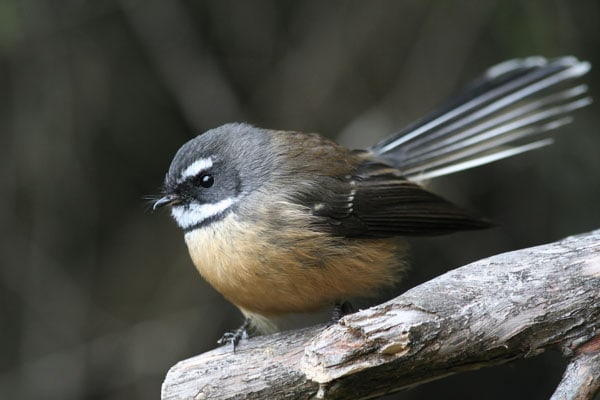
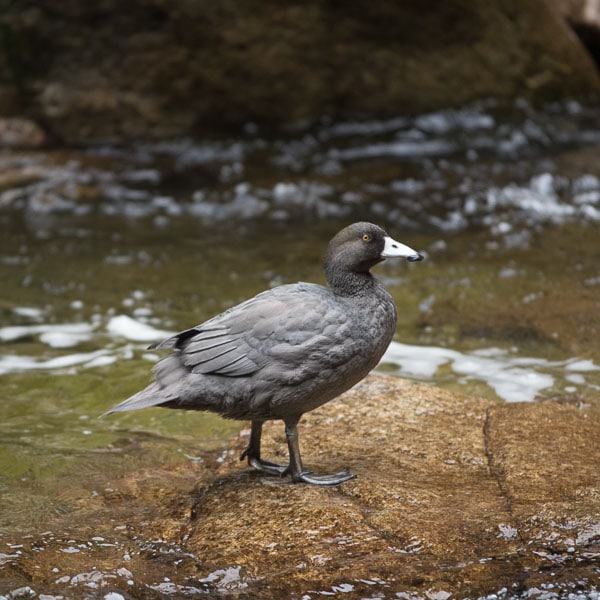
Whio / blue duck
The whio / blue duck is only found in New Zealand and one of only a handful of ducks that live in fast flowing rivers.
The name whio means whistle in Māori and describes the call of the male bird. They are a taonga (treasured) species to Māori and classified as a nationally vulnerable species with only an estimated 3,000 left in the wild.
Whio are believed to be an ancient species of waterfowl. Their isolation in New Zealand has resulted in unique behavior as they evolved over thousands of years to live without threats of mammalian predators. This means whio have a very trusting nature and are not wary, allowing close interaction with people in their natural environment.
The ducks establish exclusive territories along rivers and pairs can occupy the same stretch of river year after year. They aggressively defend their patch against other blue duck, grey duck, paradise duck, and even shags or gulls.
Whio have large webbed feet to give them power in fast flowing water. They nest in burrows and caves along the river bank which makes them highly vulnerable to flooding. However, their biggest threat is from introduced predators, particularly stoats. As they are flightless during the moulting period this makes them helpless against attack.
There are only a handful of whio resident in the Abel Tasman. In September 2018, four captive bred whio, from the Isaac Conservation and Wildlife Trust, were released in the Wainui Stream. Another two were released into the Falls River in January 2019.
If you do see a whio in the park please report it via the ‘Have you seen this?’ section of the Abel Tasman Phone App app.
Bird calls courtesy of NZ birds online
Photo courtesy of Ruth Bollongino fernphotos.com


